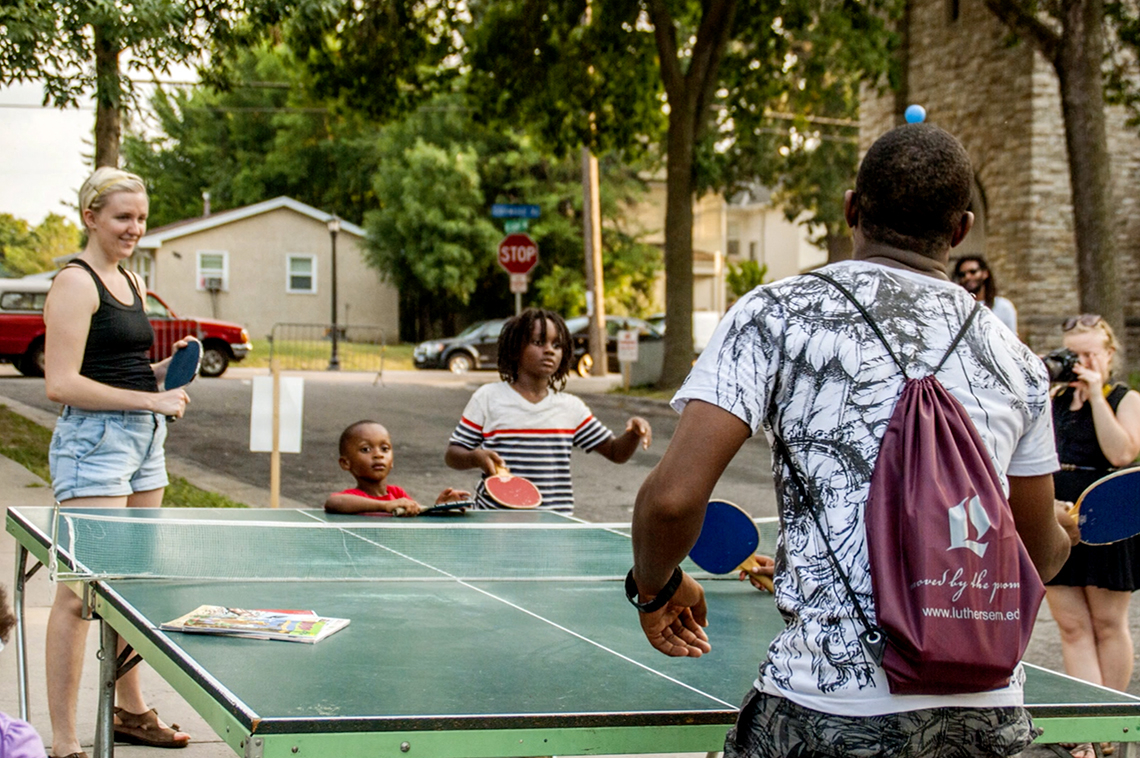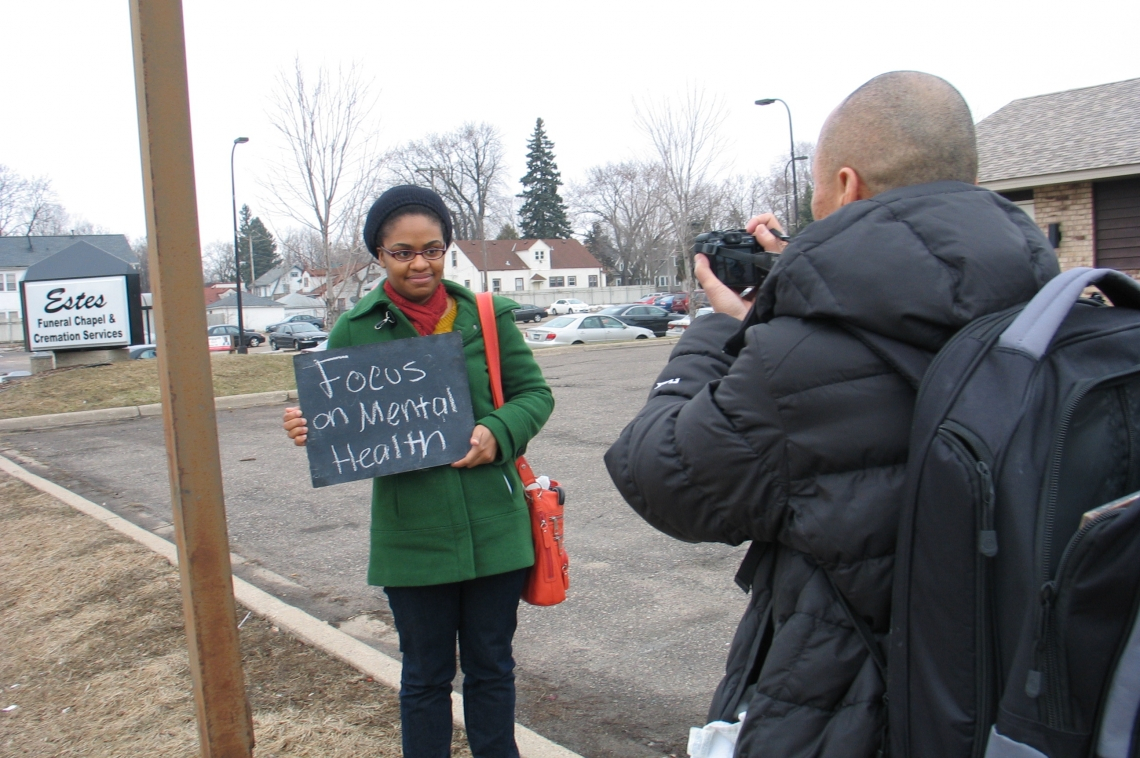

In December of last year, we were delighted to see a story titled “5 Key Areas Where Philanthropy is Providing a Path for a Better Tomorrow” in the financial news outlet Barron’s. We were even more delighted to find that an ArtPlace-funded project—Minneapolis-based Intermedia Arts’ Creative CityMaking—made the list.
In the intro, authors Abby Schultz and Beckie Strum observe (emphasis ours):
“Today’s philanthropists are getting younger, more entrepreneurial, and a ‘bit more willing to take big risks,’ says Bob Pilon, chief development and partnerships officer at ONE, an advocacy group seeking to end extreme poverty and preventable disease.
“As entrepreneurs, often ‘they understand that to get scalable results in a sustainable way takes a lot of creativity, and it takes some failure,’ Pilon says:
“Philanthropists today are also finding that collaborating with other donors can amplify their impact. ... Artplace America draws together foundations as well as government entities and financial institutions to infuse communities with the arts.”
In the section titled “Social Justice Through the Arts,” which features Intermedia Arts’ work with the City of Minneapolis, Schultz and Strum offer great insights like these that speak to the heart of the work we are proud to support every day (emphasis ours):
“Cities don’t have a lot of practice or knowledge in reaching out to tenants, let alone tenants who come from underrepresented, underserved communities,” says Gülgün Kayim, the city’s director of arts, culture, and the creative economy. Projects like Hearing Tenant Voices demonstrate “that when artists of color go out into communities, they are more successful than we are.”
And:
“The Kresge Foundation, an Artplace backer focused on projects that serve low-income urban neighborhoods, supported the city’s arts-programming ideas with a $1 million grant in 2013 and with a $1.125 million grant in 2017. The city itself now funds much of the work on its own, with a track record of effectiveness.
“People tend to think that ‘municipal entities only work in a certain way and that they don’t care about what residents think,’ says Regina Smith, director of Kresge’s arts and culture program. ‘Adding a layer of creativity to the process actually makes the city more relatable and contributes to buy-in from residents, and residents can see their ideas come through.’”
***
To learn more about the Hearing Tenant Voices project and how performing artists are helping Minneapolis government agencies to engage low-income residents in a range of issues, read the whole story in Barron’s.
See more about Creative CityMaking on:
+ the ArtPlace blog
+ MPR News





